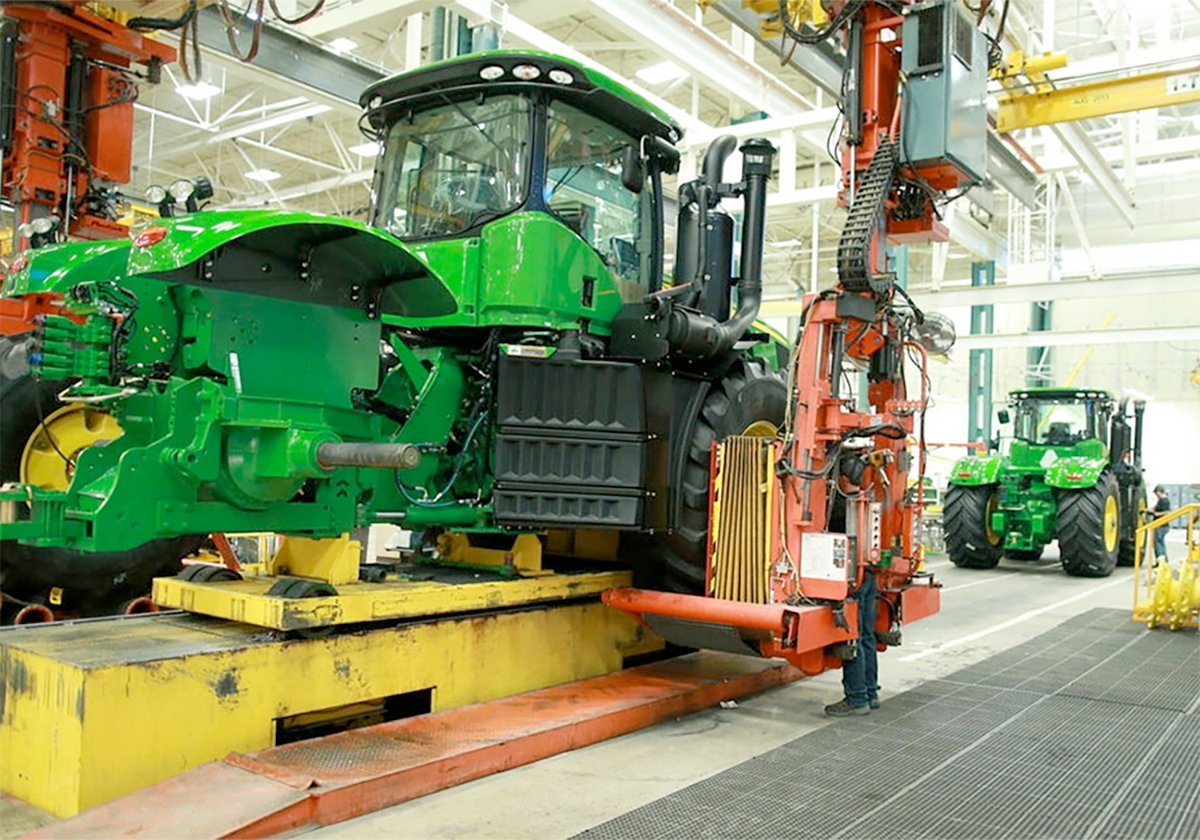FARMERS and others in the agricultural industry face a growing problem in finding the most basic ingredient required to turn out quality products – labour.
The problem is exacerbated by the booming oil economy in Alberta, which lures workers away with high wages, but this isn’t a short-term obstacle.
The demographics of Western Canada show an aging population with more people leaving the workforce as the baby boomer generation reaches retirement age. The competition to attract and keep workers is likely to intensify.
The Canadian Federation of Independent Business released a survey in April showing that among small and medium-sized businesses in Canada, agriculture reported the second-highest long-term vacancy rate at 3.9 percent. Construction ranked first at 4.7 percent. The Canada-wide average was 2.7 percent. Long-term vacancies are positions left open for four months or longer.
Read Also

Trump’s trade policies take their toll on Canadian producers
U.S. trade policy as dictated by president Donald Trump is hurting Canadian farmers in a multitude of ways.
The agricultural sector must develop strategies that will address the labour crunch immediately and for the future.
Some are already doing that by hiring extra student staff in summer, which helps train and identify prospective future employees.
Other companies are recruiting abroad. And there are other potential employee sources.
Many agricultural operations are positioned to tap into the First Nations workforce in rural areas. Hog barn owners might find it advantageous to work with First Nations groups, many of which have agriculture programs that the agricultural sector may be able to access.
Decent wages and working conditions are likely to be welcomed in any community looking for an economic boost, but a critical lack of employment opportunities on some reserves could signal a readily available and attractive workforce.
Across the Prairies, rural community planners are going to have to be creative because they cannot compete on wages alone. Some agricultural businesses are already offering housing, furniture, clothes and food to help foreign workers settle into their new environment.
Residents of small communities can contribute by putting in action their famous small-town friendliness to welcome incoming workers, who might be of a different culture.
As well, the agricultural industry could forge closer relationships with instructors at local colleges to help train and identify potential new employees. Ag businesses could take advantage of co-op exchange programs where offered.
Seniors too, present a source of labour for the right types of jobs.
It is vital that governments play a role by ensuring proper tax structures and supports are set up to guide the upcoming labour force into fields where the need is greatest. And the immigration system must efficiently fulfill its role while ensuring the needs of immigrants and the agricultural sector are met.
By adopting an aggressive and ongoing long-term strategy, the agricultural industry will be able to surmount this latest challenge.














